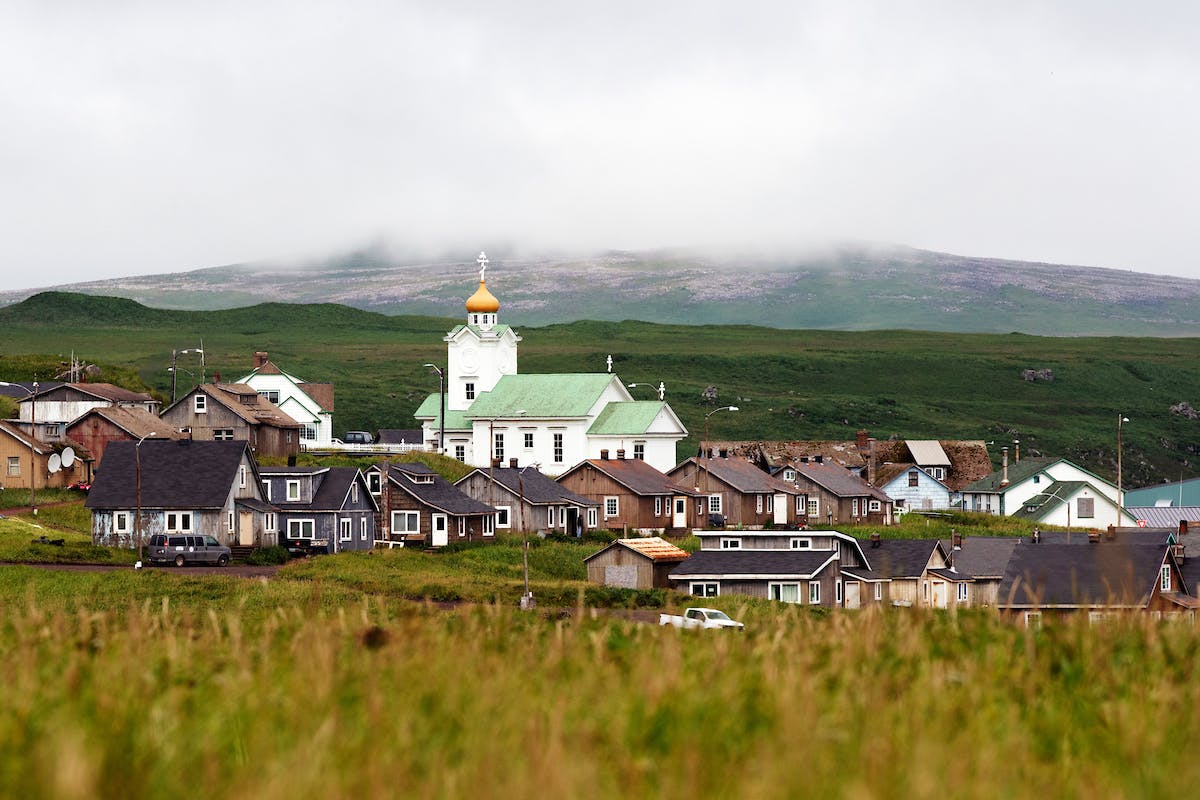Last Frontiers: Five Ports in Remote Alaska Worth Discovering
Alaska has a wealth of fascinating cruise ports. On the protected Inside Passage, many ships stop at Ketchikan, Skagway, and the capital city of Juneau, all rich with wildlife and natural scenery, Gold Rush history, and Alaskan Native arts and culture. Less-visited, remote Alaska ports are opportunities to get into the swing of Alaskan life without other travelers around. Looking for humpback whales in Alaska is another great activity.
In small towns you might admire seabirds, spot a bear (from a safe distance) and visit a saloon to hear real goldminers talking about their finds or local fisherman bragging about catching “the big one.”
The best way to get to these isolated places is on a small ship — in most cases big cruise ships can’t even get into port. Here are five of our favorites.
Nome
Why Nome? Located on the edge of the Bering Sea, Nome is a small city with a big history. Three men from Sweden discovered gold here in 1898. The resulting gold rush brought some 28,000 people to Alaska’s far north. The history of the Iñupiaq Eskimo people dates back thousands of years. Today, the town of about 3,800 is best known as the terminus of the grueling 1,000-mile-plus Iditarod Trail Sled Dog race each March.
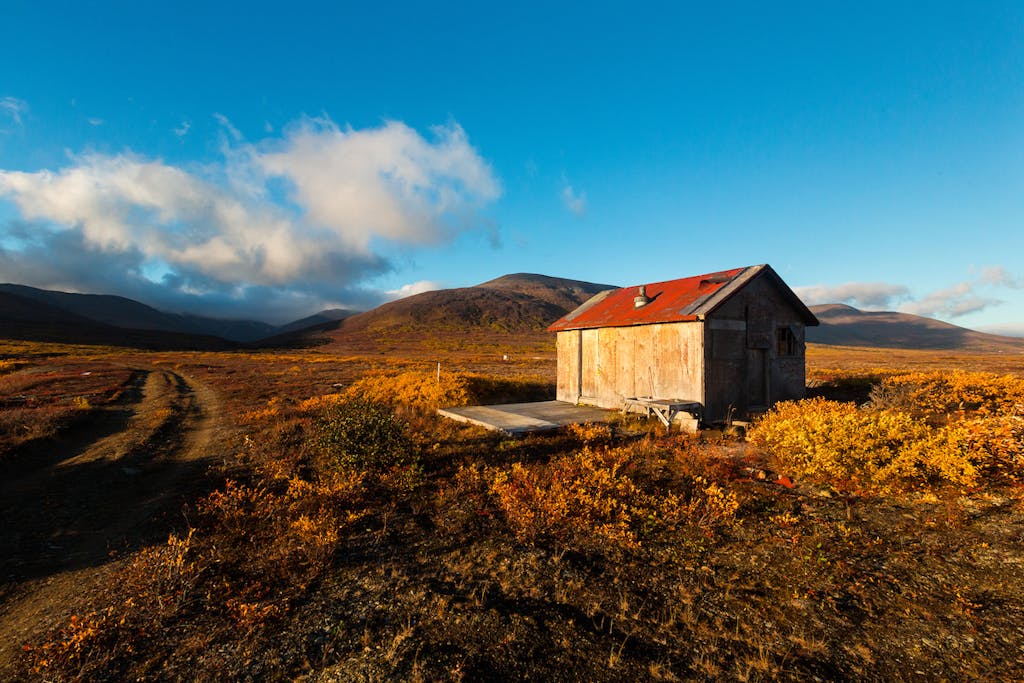
Don’t miss: Learn more about the life of the gold prospectors and the Bering Strait Eskimos at the Carrie M. McLain Memorial Museum, named for the daughter of a prospector who became the town historian and one of Nome’s leading citizens. Exhibits include rare photos and artifacts of remote Alaska, such as an Inupiat skin boat and a miner’s tent.
Wandering around town: The must-do photo ops are posing with the largest gold pan in Alaska and with the assorted, discarded old mining equipment around town. Most of the gold rush-era buildings were destroyed by floods. A plaque near city hall marks the spot for the Dexter, the saloon co-owned by famous gunslinger Wyatt Earp. Remaining buildings include the character-filled Board of Trade Saloon.
Insider tip: Gift shops in town are stocked with authentic Alaska Native arts and crafts. Check out the selection of walrus ivory carvings and other Siberian Yupik and Iñupiaq Native art at Maruskiya’s of Nome Alaska.
Kodiak Island
Why Kodiak? The islands in the Kodiak archipelago are mostly wilderness and that’s just fine with the most famous local residents, the 3,500 Kodiak Brown Bears. They are a subspecies of grizzlies, and a large male can weigh up to 1,500 pounds. Kodiak Island is the second-largest island in the U.S. after the Big Island of Hawaii. The island’s largest city, Kodiak, has just under 6,000 residents. There are many more seabirds, with some 240 species found on the island.
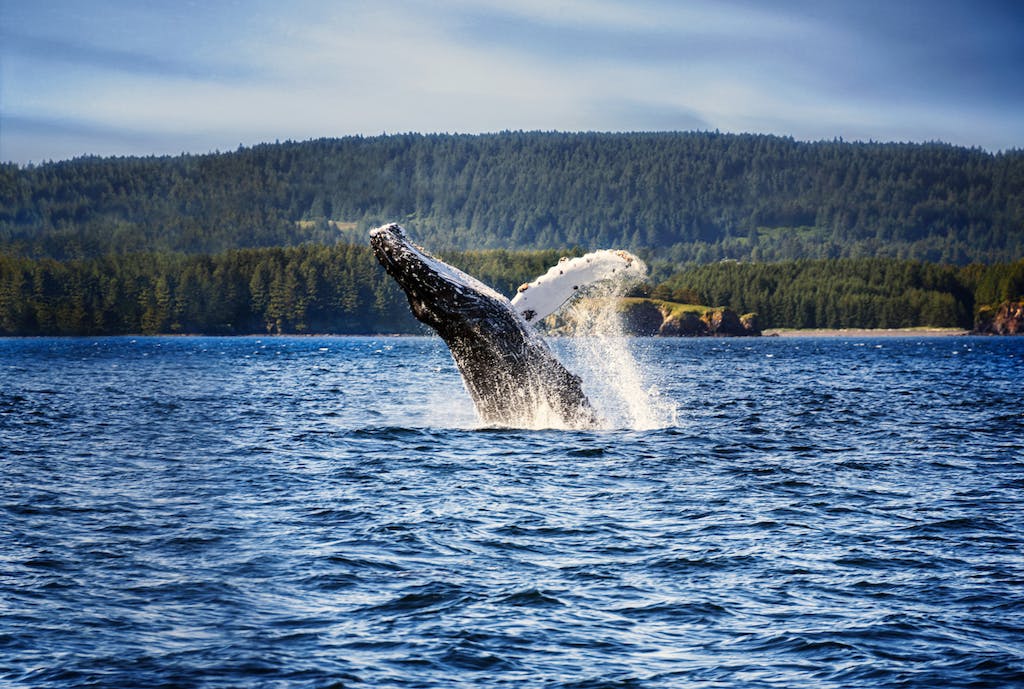
Don’t miss: Soar by seaplane to track bears on Kodiak Island or the Katmai Coast, with an expert guide doing the spotting. The best viewing time is spring and summer, when you might see a giant creature lumbering along or using its massive paws to fish in a stream.
Wandering around town: Kodiak was the first Russian settlement in Alaska. Stop by the Baranov Museum for a briefing on the Native, Russian and American history. While wandering around the fishing boat harbor and Cannery Row, with its seafood processing plants, you’ll get a good sense of the fishing’s importance in the local economy.
Insider’s tip: The historic Holy Resurrection Orthodox Cathedral makes an impression with its blue onion domes. Step inside the church to learn about Saint Herman of Alaska, a Russian-born monk known as a defender and protector of the local Alutiiq population. He was canonized by the Orthodox Church in 1970. The cathedral houses his remains and relics.
Dutch Harbor
Why Dutch Harbor? The isolated port of Dutch Harbor in Unalaska, the chief population center of the Aleutian Islands, is best known these days as the base for the crab-fishing boats featured in the Discovery Channel reality TV show “Deadliest Catch.” Dutch Harbor claims status as the top fishing port in the U.S., based on volume, with Alaska pollock being the big catch; King Crab the most famous. Dutch Harbor was one of the few places in the U.S. directly attacked by the Japanese during World War II.
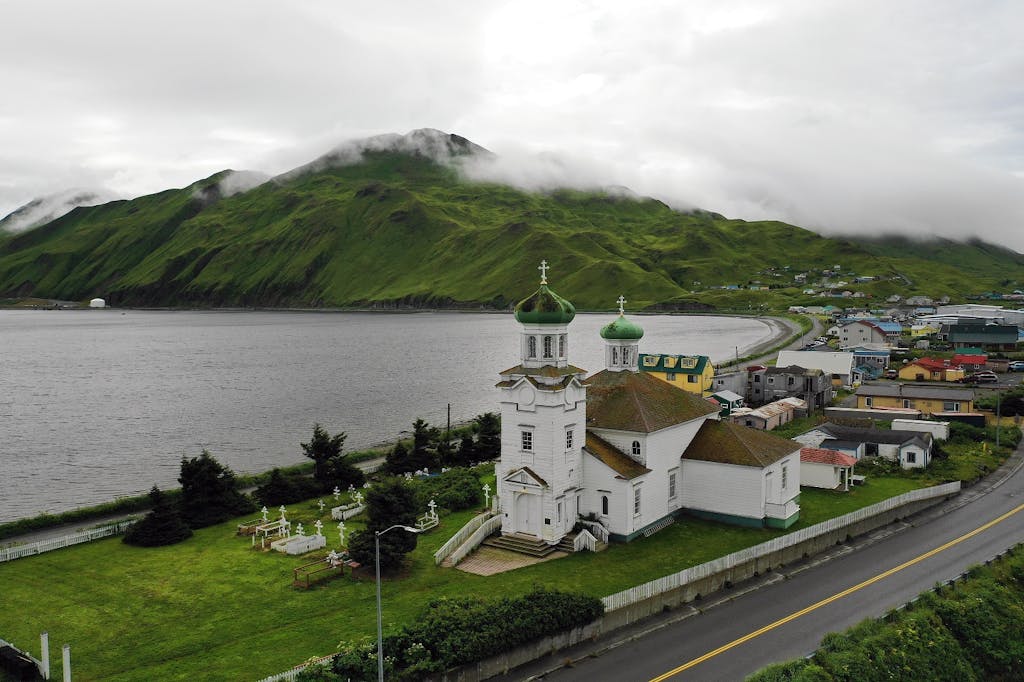
Don’t miss: Head out to sea on the Miss Alyssa boat for a “Deadliest Catch” tour to get an idea of the challenging pursuit of prized King Crabs. You can watch the Captain and crew pull 6×6-foot crab pots from the sea or try it yourself — be aware, it’s a workout.
Wandering around town: Stop by the visitor center of the Aleutian Islands World War II National Historic to learn about the WWII history in the Aleutians, including the subsequent forced evacuation of the Unangax (Aleut) people. There are war remnants around town including bunker and gun mounts on Bunker Hill. Hop-on, hop-off shuttle buses are the easy way to explore and include narration by local guides.
Insider’s tip (or fun fact): Take time to stroll along the active harbor to check out the fishing boats and talk with the locals. You’ll likely hear tall tales, or real-life stories that sound like tall tales.
St. Paul Island
Why St. Paul Island? Located between the U.S. and Siberia, St. Paul Island, the largest of the Pribilof Islands, is an ultimate destination for expedition cruising. The big attraction is the rare opportunity to glimpse some of the hundreds of thousands of northern fur seals and millions of seabirds that hang out here in summer. The largest population center on the islands the city of St. Paul, population under 500. Most residents are members of the Aleut community.
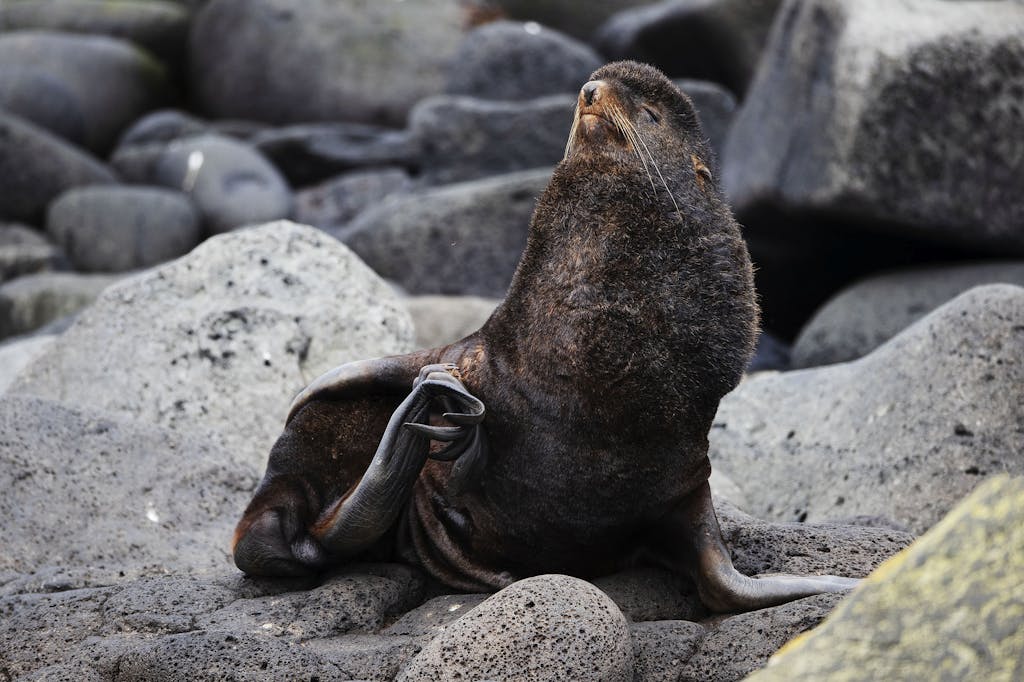
Don’t miss: Take a hike with a member of the Silversea expedition team to the Reef Point Rookery to view the northern fur seals. You may also spot seabirds such as red-faced cormorants, thick-billed murres, crested auklets and both horned and tufted puffins.
Wandering around town: Touring around St. Paul you’ll have the rare opportunity to get a feel for life in a very remote place. You’ll see the school with about 73 students (K-12), a general store, the one bar, the post office, the Aleut Heritage Museum and the historic Saints Peter & Paul Russian Orthodox Church, built in 1907 and listed in the National Register of Historic Places.
Insider’s tip: Ballgames are a topic of conversation here. St. Paul was home to the Knock Down and Skin ‘Em, Alaska’s first baseball club, founded by missionaries in 1868. On June 14, 1942, during World War II, much of the Aleut community was at a ballgame when word came they were being forcibly evacuated as a result of Japanese bombing in the Aleutians. Baseball later gave way to softball, still played on the historic field.
Homer
Why Homer? Location, location, location. This idyllic little town, known as a fishing capital, is on pristine Kachemak Bay and backed by the snow-covered Kenai Mountains. It’s natural beauty at its best.
Don’t miss: Get on the water, whether heading out on a boat or in kayaks into Kachemak Bay to get up-close views of Minke, beluga, and humpback whales or on a fishing excursion to angle for giant halibut and salmon (which you can have vacuum-packed and shipped home). When you pass Gull Island, keep an eye out for seabirds who nest in one of Alaska’s largest marine bird sanctuaries. You may spot sea otters too.
Wandering around town: Stop by the acclaimed Pratt Museum to learn about the history, culture and science of Kachemak Bay. Exhibits include saltwater aquariums, botanical gardens, local artworks and a homesteader’s cabin. Galleries, selling the work of local artists, are another town attraction.
Insider’s tip: To spend time with fishermen and other locals, stop by the landmark Salty Dawg Saloon, known as one of the best dive bars in Alaska. The walls are covered with dollar bills. The building, parts of which date to 1897, is topped by a lighthouse — a great photo op.
Inspired to visit Alaska now? Learn more about this fascinating place here.
